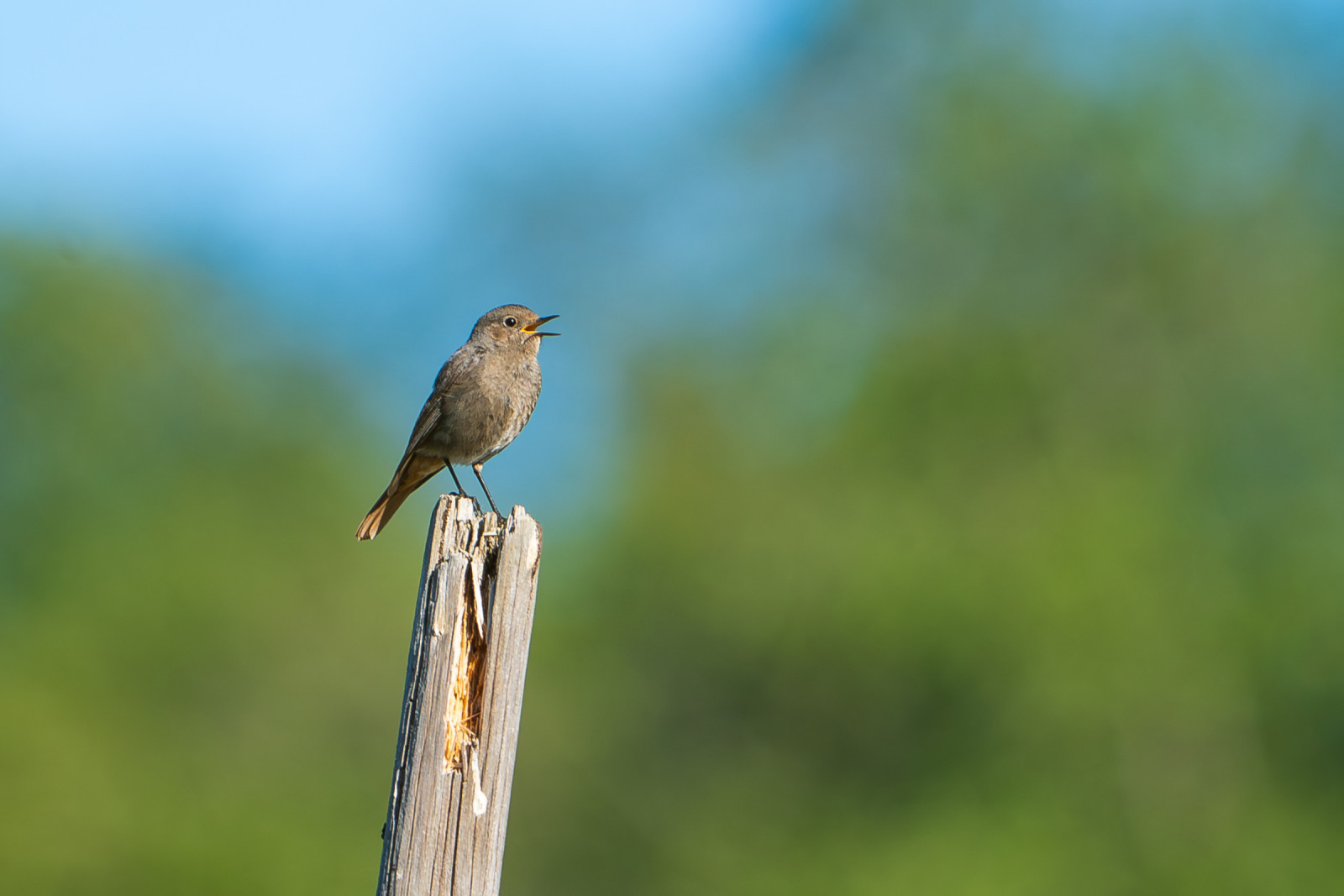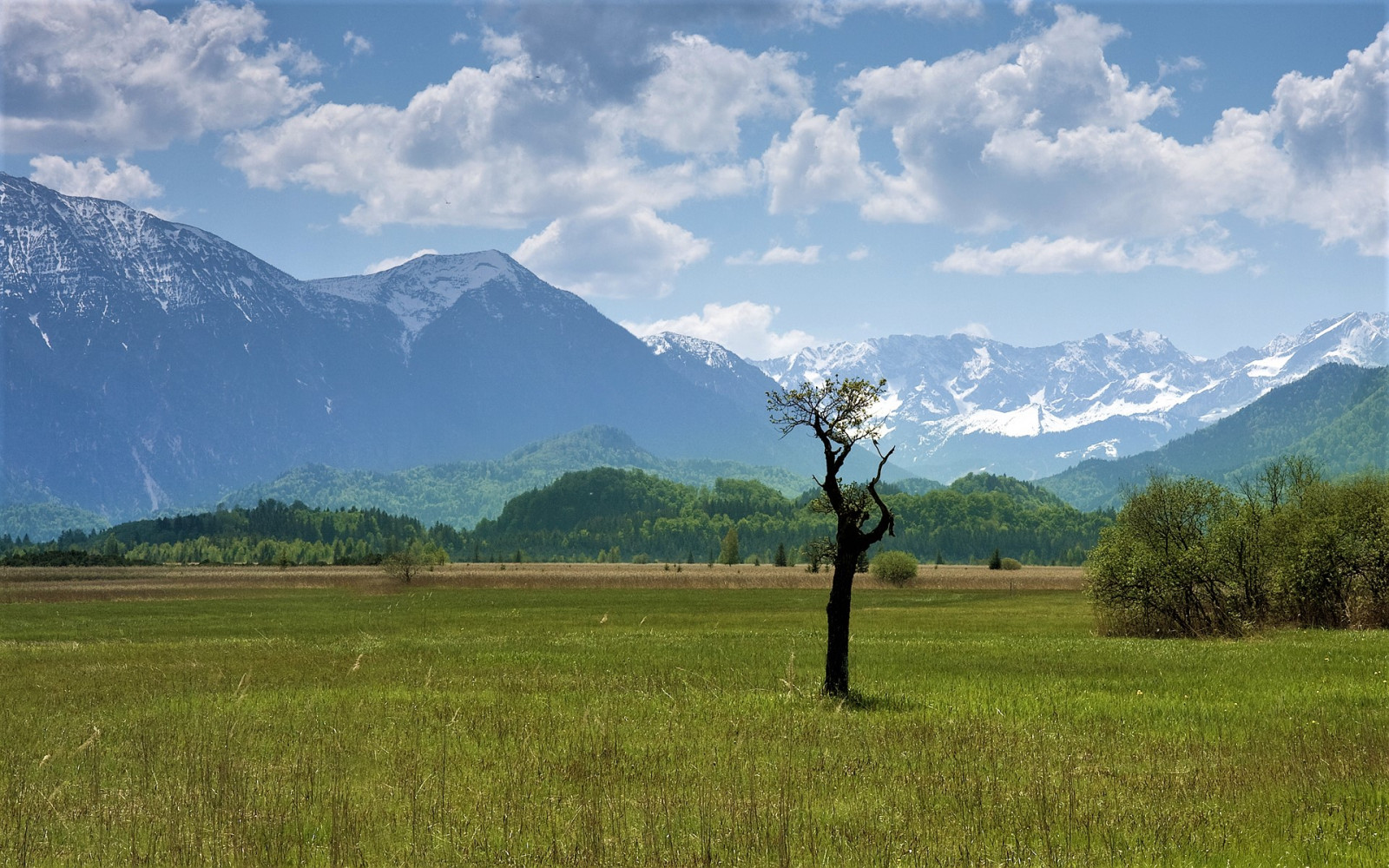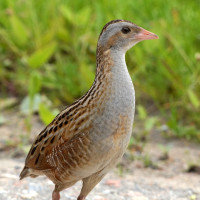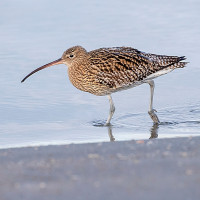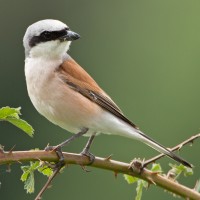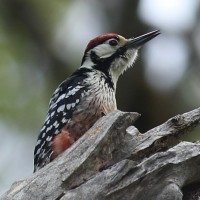Description
The Murnauer Moos is a flat and open moorland and the largest area of natural wetland in cerntral Europe. Moors, wet meadows and forest form a unique mosaic. The Murnauer Moos, south of Murnau is a refuge for many birds and threatened species like kuovi and ruisrääkkä. There is a nice twelve kilometer long, marked circular hiking trail (see the map below).
Details
Access
Park at St George's Chappel, Ramsbach. From there you can make a beautiful 12 km walk through the moors and pass the Bohlenweg (see the map). Or you can only walk the 4 km 'Bohlenweg'. To do that at the junction of the Moosrundweg in Murnau / Westried you will reach the Bohlenweg after about one kilometer. On wooden planks you cross the natural moor landscape with heather and sparse birch and pine stands and enjoy a wonderful panoramic view of the surrounding mountains.
Access by public transport: The inn in Ramsach, where the circular route to the Murnauer Moos begins, can be reached on foot from Murnau train station in about 20 minutes. Trains from Munich, Weilheim, Garmisch-Partenkirchen and Oberammergau stop there every hour. On the way back you can get on the train in Grafenaschau if you don't want to walk back to Ramsach.
Terrain and Habitat
Wetland , Scattered trees and bushes , Moors/heathlandConditions
Flat , Open landscapeCircular trail
YesIs a telescope useful?
YesGood birding season
All year roundBest time to visit
Spring migration , Autumn migrationRoute
Paved roadDifficulty walking trail
EasyAccessible by
Foot , Bicycle , WheelchairBirdwatching hide / platform
NoExtra info
The meadows in the Murnauer Moos are an important retreat for meadow birds. 1,430 hectares of meadow area in the Murnauer Moos are currently being managed without fertilization. Most of the meadows are mowed very late, from September 1st, when the meadow birds have long raised their young and important fat reserves have been created for bird migration.
